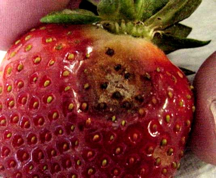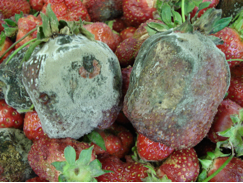Traceability, which we often talk about as one step forward and one step backwards, is an important part of your food safety plan. Expect the auditor to spend time discussing and looking at examples of your traceability program. Here is what should be included in your traceability program:
One step forward:
1. Reconciliation of product that has been delivered to recipients. This includes auction houses, co-op’s, repackers, retail establishments, etc.
One step backward:
1. If the produce was grown at the farm
– Seed source or transplant source (this should also be indicated on your raw materials supplier list)
– Pesticide applications
– Fertilizer applications
– Field location
– Soil amendments
2. If the produce was purchased and not grown at the farm
– Source of the produce
– Source of raw materials and supplies used with this produce
– Items and date of receipt
– Lot numbers, quantities, and transporter
Mock trace back:
A trace back and trace forward exercise is required annually to verify that your traceability program is effective. 100% of product involved in the trace back and trace forward exercise must be reconciled within four hours to be considered effective. If there are no records of this mock trace back exercise the auditor will require it be completed during the audit.
Click for a sample mock tract back log.


